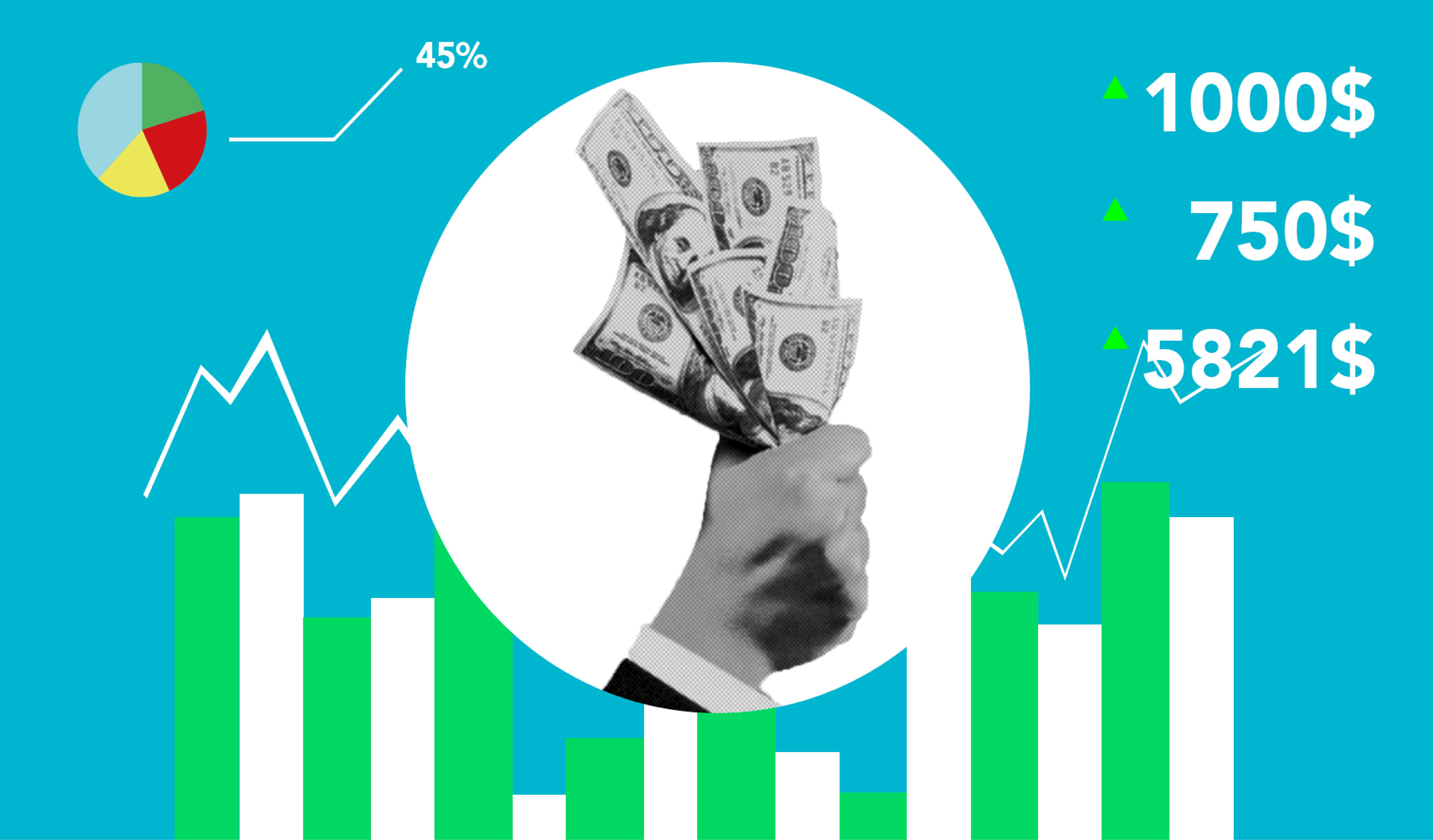Credit debt bankruptcy filings are expected to increase as we enter another uncertain and volatile economic environment. While bankruptcy may seem like the easiest way to get out of debt to many, it really isn’t. Since the new laws were passed in 2005, filing for bankruptcy has become less advantageous and more of a complete nightmare. If you are about to file for bankruptcy, you may want to first explore your debt relief options.
When the new bankruptcy laws were passed in 2005, the filing process was much more difficult. The filing process usually requires the help of a lawyer and even if you do everything right, you probably won’t qualify for Chapter 7. Chapter 7 bankruptcy is considered the type of “clean slate” where all your debts are completely canceled and forgiven. Until 2005, this was easy to qualify for and quite advantageous. Unfortunately, many consumers took advantage of this and applied just to get their debts bailed out. This abuse continued until new laws were passed and now only consumers and small businesses who have 0 net worth and no incoming income will be able to qualify.
If you are experiencing financial hardship and are having a hard time meeting your minimum monthly payments, you really only have two options. Debt Settlement and Bankruptcy Debt Settlement allows you to pay less than the full balance and settle for a percentage. Typical agreement is around 50%, but results vary from case to case. As of October 27, 2010, debt settlement companies will no longer be able to charge upfront fees for their services. This means that if they can’t settle your debts, you don’t pay a penny. This makes the process much more legitimate and an overall better deal for consumers.
